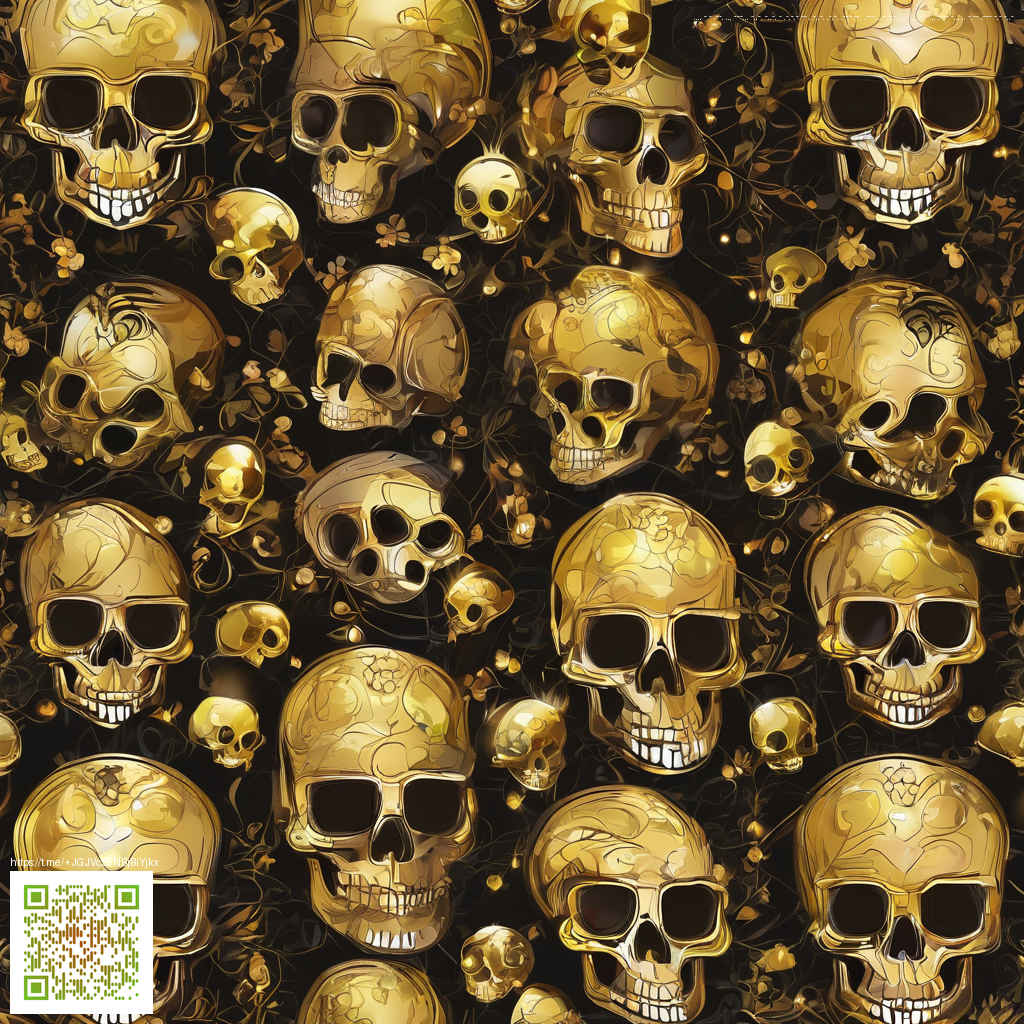
Art Direction Deep Dive into a Post Apocalyptic Shooter
From the first ember-lit alley to the sprawling, Root-infested ruins, the visual language here is as much a character as the players themselves. The art direction blends tactile weapon textures, layered environments, and a color system that signals danger, history, and the unknown. This isn’t merely about looking good; it’s a storytelling engine that guides you through a fractured world.
Palette and Lighting as World Building
Color curation is deliberate. Warm amber and burnt orange dominate ruined urban spaces, while crimson accents hint at lingering danger and Root corruption. Lighting plays a crucial role, with falloff and contrast emphasizing the grit of concrete and the menace of shadow. The utilization of golden hour aesthetics lends emotional rhythm to exploration and combat alike, turning ordinary corridors into small, cinematic sequences.
Dynamic lighting shifts not just mood but readability. In darker interiors, subtle blue-green reactor glows and cool steel tints help players identify hazards and navigate with confidence. This careful orchestration ensures players can traverse complex maps while feeling the world is cohesive and lived-in rather than procedurally generated.
Textures Materials and Environmental Storytelling
Texture work anchors the world in memory. Rust patches, chipped plaster, and warped signage tell stories of time and upheaval. The material language leans toward tactile realism; you can almost feel the grit on a corroded railing or the dampness along a mossed storefront. This emphasis invites momentum in movement and rewards careful observation during exploration and encounters.
The art team’s attention extends to weapon skins, armor plates, and environmental props. Worn leather, scratched metal, and scorched fabrics create silhouettes that read clearly from a distance, aiding quick recognition during tense moments. In a world where every corner could conceal a trap or a relic, texture and material quality become navigational allies.
Iconography and Creature Design
Root remains a visual motif beyond a simple enemy. Its patterns and color language thread through creatures and architecture, reinforcing a sense of infestation that feels both alien and organic. Distinctive silhouettes read at a glance, supporting teamwork during co op play. Creature design blends angular metallic hints with organic expansion, producing a look that’s memorable even in chaotic firefights.
Weapon aesthetics mirror the game’s brutal, pragmatic ethos. Heavily reinforced plating, visible wear, and modular attachments imply real world utility and resilience. This design language communicates capability and history, strengthening immersion during boss skirmishes and standard skirmishes alike.
Interface and Visual Flow
Even the UI respects the world’s art direction. HUD elements favor a rugged, utilitarian appearance that blends with the environment rather than shouting from the screen. Subtle glows and edge highlighting maintain readability under fire, while clean silhouettes help teammates coordinate without breaking immersion.
Players often praise how visuals guide navigation and tactical decisions. The art direction supports gameplay by signaling paths, hazards, and resources through color and form, turning exploration into a purposeful, satisfying loop.
Community Insights and Developer Voices
Community discussion highlights how aesthetic decisions contribute to tone as much as gameplay. The world feels cohesive across multiple biomes and factions, a sentiment echoed in interviews with the art and lighting teams. These conversations illustrate how a focused approach to color, texture, and silhouette can elevate a shooter into a memorable, atmospheric adventure.
Updates and post launch refinements have also shaped the game’s visuals over time. Patches that tweak shadow maps, global illumination, and texture streaming can subtly shift atmosphere while preserving the core look. The ongoing dialogue with players keeps the art direction alive, turning a static aesthetic into a living conversation. 🎮
Update Coverage and Modding Culture
Documentation of patch notes shows a steady commitment to preserving the distinctive look while embracing modern hardware capabilities. Improvements to lighting and texture streaming have sharpened readability and atmosphere, particularly across diverse environments. Modding communities often gravitate toward shader mods and texture packs that honor the original color language, enabling fans to experiment while maintaining the world’s identity. This collaborative energy helps visuals age gracefully and keeps the community actively involved. 🕹️
Art direction that respects both fidelity and atmosphere while supporting player agency is the quiet engine behind the most memorable moments. Light, texture, and silhouette together craft scenes you remember long after you switch off the console.
For creators and players alike, the visual design acts as a compass guiding moments of tension, awe, and discovery. It’s a reminder that a strong art direction can carry a game as effectively as its mechanical systems, inviting repeat visits and co op adventures with friends.
Custom Mouse Pad Round or Rectangle Neoprene Non-Slip Desk Pad